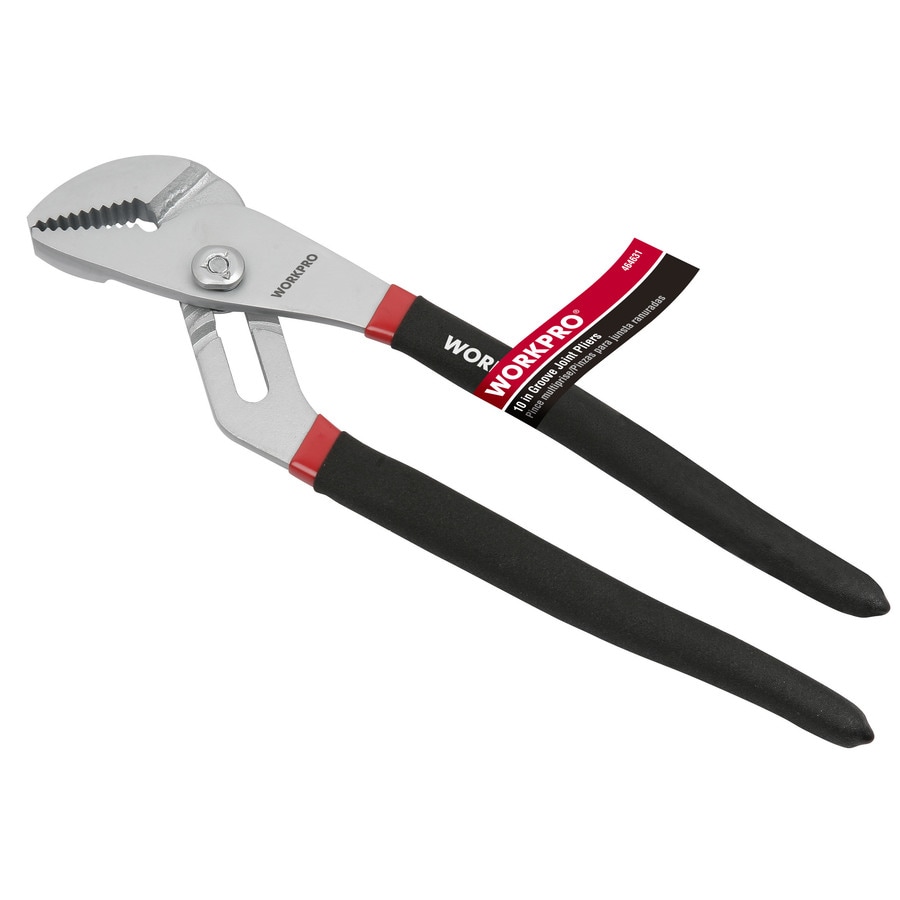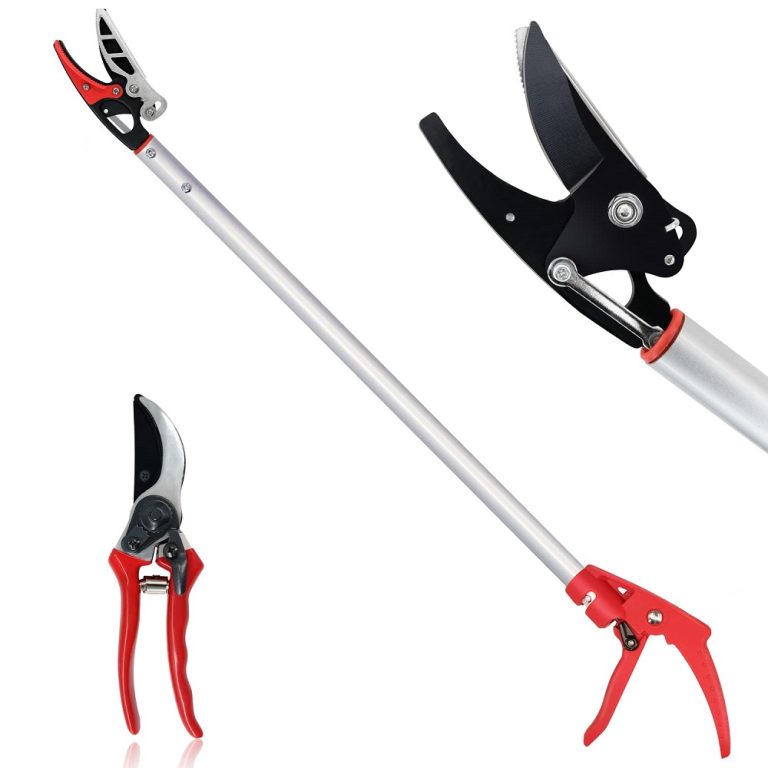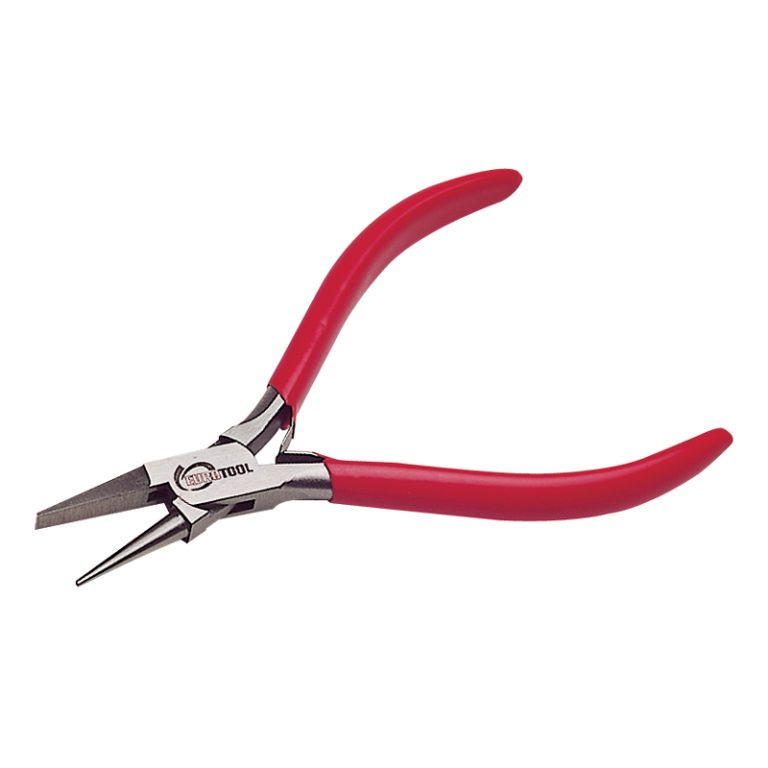Introduction to Tongue and Groove Pliers
Tongue and groove pliers are a staple in any toolbox. They have a unique design. This allows for a strong, adjustable grip. Their long handles provide excellent leverage. Their jaws can grip onto objects of various sizes. These pliers are ideal for many tasks. They are perfect for plumbing, automotive work, and general household repairs.
With their distinctive feature of multiple adjustment positions, tongue and groove pliers adapt to different widths. This versatility is key for working with nuts, bolts, pipes, and fittings. The
Essential Features of Tongue and Groove Pliers
Understanding the key features of tongue and groove pliers can help you use them effectively. Here are the main attributes to look for:
- Adjustable Jaws: The most distinct trait is their adjustable jaws. This feature allows the pliers to grip objects of various sizes firmly.
- Long Handles: The handles are long, which provides more leverage when turning or holding an object. This adds to the tool’s versatility for different tasks.
- Ribbed Grips: The ribbed design of the jaws ensures a solid grip, preventing slippage and enhancing safety during use.
- Multiple Positions: These pliers are known for multiple locking positions. You can adjust them to fit the task at hand, which can be critical when dealing with objects of different widths.
- Forged Steel Construction: They often feature high-strength, forged steel construction. This makes them durable enough for tough jobs.
- Angled Teeth: Typically, the teeth are angled to ensure a strong grip. The angle helps in gripping round objects like pipes and rods.
- Non-Slip Handles: For secure handling, many tongue and groove pliers come with non-slip grips. This increases control and comfort during use.
Each of these features contributes to the overall function of tongue and groove pliers. When purchasing a pair, ensure that they include these essential elements. The right tools can make a significant difference in your DIY projects, offering the strength, adaptability, and precision you need. Remember to always prioritize quality and functionality when adding to your toolkit.
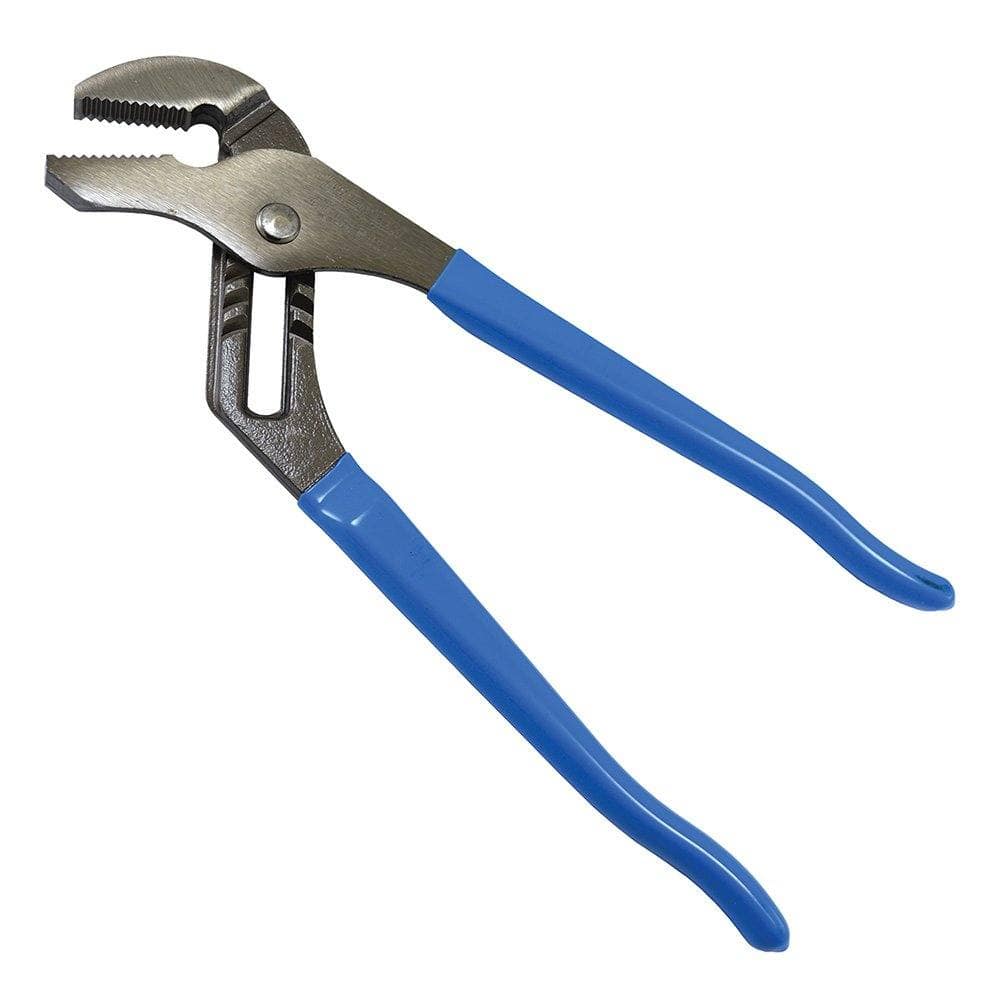
How to Use Tongue and Groove Pliers Safely and Effectively
Proper use of tongue and groove pliers is essential for both safety and efficiency. Follow these simple steps to get the most out of your tool:
- Inspect Before Use: Always check your pliers for damage before starting any project. Look for cracks, loose parts, or worn teeth.
- Adjust the Jaws: Open the handles and slide the lower jaw to the needed size. Ensure it clicks securely into place before gripping an object.
- Grip Firmly: Clasp the handles with a firm hand. Confirm the teeth grip the object tightly without slipping.
- Use the Right Angle: Hold the pliers so the jaws are flush with the object’s surface. This provides the best grip and reduces the risk of damaging the object.
- Apply Even Pressure: When turning or holding an object, maintain even pressure. This ensures you don’t strip the object or slip off.
- Leverage Length: Take advantage of the long handles for more force. Don’t use too much though; over-tightening can cause damage.
- Work Slowly: Proceed with care, especially in tight spaces. Rushing can lead to mistakes and potential injuries.
- Safety First: Always wear safety goggles to protect your eyes from debris. Gloves can also protect your hands from sharp edges.
By integrating these steps into your routine, you can confidently tackle a variety of DIY tasks. Remember, tongue and groove pliers are versatile and strong. They can provide an unbeatable combination of power and precision, making them indispensable for many projects.
Common DIY Projects with Tongue and Groove Pliers
Tongue and groove pliers come in handy for a variety of home projects. These projects range from plumbing tasks to furniture assembly. Let’s explore some common uses for this versatile tool.
- Plumbing Repairs: These pliers are perfect for gripping pipes and fittings. They help in tightening or loosening them during repairs or installations.
- Loosening Nuts and Bolts: Their adjustable jaws make them ideal for working with nuts and bolts of different sizes.
- Furniture Assembly: They can hold and adjust large pieces when putting together furniture.
- Cutting Wire: Some models come with a cutting edge, useful for trimming wire or small cables.
- Holding Objects: They’re great for clamping down on objects while you work on them with other tools.
- Automotive Work: Use them to grip and turn parts in cars and engines.
- Yard Work: They can also be useful outside, for tasks like removing garden hose couplings.
These are just a few examples of how tongue and groove pliers can be a DIY enthusiast’s friend. With one in your toolbox, you’re well-equipped to handle a multitude of tasks around the house. Always remember to use them safely and ensure they’re the right choice for the job at hand.
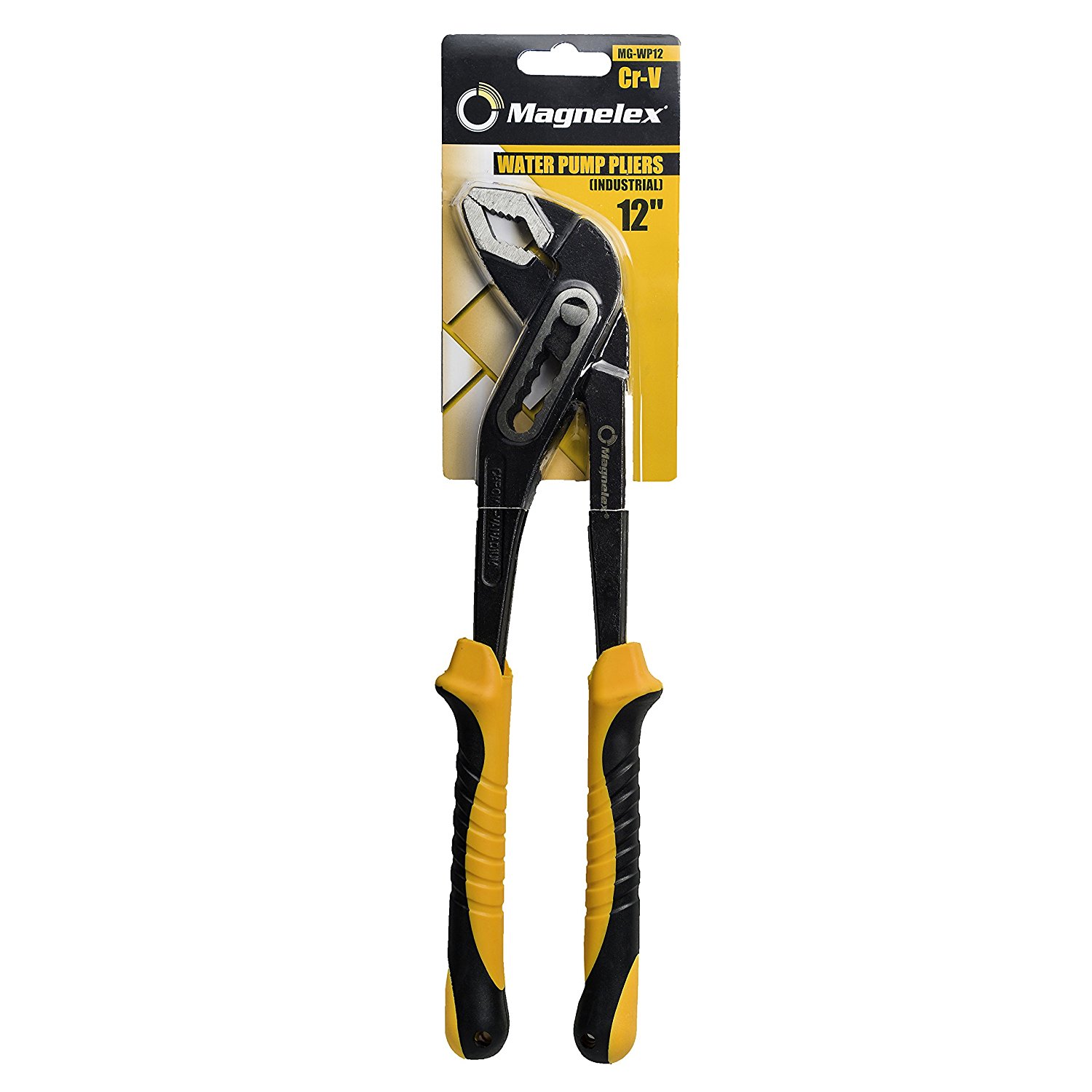
Maintenance and Care for Your Tongue and Groove Pliers
Keeping your tongue and groove pliers in good shape is vital. Proper care extends their life and ensures safety. Here’s how to maintain them well:
- Clean After Use: Always wipe your pliers with a clean cloth after each use. Remove any dirt or grime.
- Check for Rust: Look for signs of rust, and if you find any, use steel wool to remove it.
- Lubricate Joints: Apply a drop of oil to the joints. This keeps them moving smoothly.
- Store Properly: Keep your pliers in a dry place. A toolbox or a drawer is ideal.
- Inspect Regularly: Make sure the adjustment mechanism works right. If it’s loose, it may need repair.
- Handle with Care: Don’t use them as a hammer. This can damage the pliers and your workpiece.
These simple steps will keep your tongue and groove pliers working like new. Regular maintenance avoids common issues. Thus, you can rely on them for your DIY tasks.
Troubleshooting Common Issues with Tongue and Groove Plier
When you regularly use tongue and groove pliers, you may run into some common issues. It’s important to know how to handle these problems to keep your projects running smoothly. Below, we discuss several typical troubles and how to fix them.
- Jaw Slippage: Over time, the jaws may begin to slip on objects instead of gripping firmly. When this happens, check the teeth for wear. If they’re worn, it may be time for a new set of pliers.
- Adjustment Issues: If the pliers are not staying locked in place, the adjustment groove may be worn or dirty. Clean the groove thoroughly and if wear is significant, consider a replacement.
- Stiff Movement: Are the handles not opening or closing easily? Apply lubricant to the joint. This should ease the movement. If stiffness persists, inspect for rust or debris inside the joint.
- Rust Formation: Finding rust on your pliers? Use steel wool to scrub it off. Keep them dry and apply a thin oil coat to prevent future rust.
- Weak Gripping Power: If the pliers are not gripping well, it might be due to a lack of pressure. Be sure to use the long handles for leverage. If leverage isn’t the issue, check if the pliers’ teeth are aligned correctly.
By staying aware of these common issues and knowing how to address them, you can extend the lifespan of your tongue and groove pliers. Regular maintenance, as detailed earlier, helps prevent many of these problems. Stay proactive and take good care of your pliers to ensure they are always ready for your DIY projects.

Tips for Choosing the Right Tongue and Groove Pliers for Your Toolbox
Selecting the best tongue and groove pliers involves several considerations. Here are tips to guide you:
- Consider the Size: Choose pliers that fit comfortably in your hand and match the most common tasks you’ll tackle.
- Check the Jaw Capacity: Look for a jaw capacity that suits the range of work you do. Larger capacity is better for a wide range of jobs.
- Assess the Teeth: Make sure the teeth are sharp and properly angled. They should grip well without damaging the material.
- Test the Adjustment Mechanism: The pliers should adjust smoothly. Multiple positions add versatility. Check for ease of locking and unlocking.
- Material Matters: Go for high-strength, forged steel. It stands up to heavy use and lasts longer.
- Handle Comfort: Pick pliers with non-slip grips. They offer better control and reduce hand fatigue.
- Brand and Warranty: Consider reputable brands. A good warranty can add peace of mind.
By paying attention to these aspects, you’ll find the right tongue and groove pliers to add to your toolbox. Quality pliers are worth the investment as they save time and money in the long run. They can make DIY projects easier and more enjoyable.
The Role of Tongue and Groove Plier in Professional vs. Home Use
Tongue and groove pliers prove invaluable in both professional and home settings. Their design caters to a wide range of tasks, from delicate to robust work. In the hands of professionals, these tools are constant companions. Plumbers, mechanics, and carpenters rely on them for their adjustable grip and strength. They turn pipes, tighten fasteners, and hold materials firmly. This ensures precision and avoids slippage in critical tasks.
At home, DIY enthusiasts find tongue and groove pliers just as useful. The versatility of these pliers makes them suitable for quick fixes and makeshift solutions. Whether it’s tightening a leaky faucet or assembling flat-pack furniture, tongue and groove pliers deliver. Home users appreciate the non-slip handles and the ease of adjusting jaw size. These features make the tool accessible, even to those with less experience.
The main difference between professional and home use lies in the frequency and intensity of tasks. Professionals need robust, high-quality pliers to withstand daily use. They may opt for pliers with special features like greater jaw capacity or special jaw coatings. They know that a reliable tool can mean the difference between a job well done and a job needing redoing.
Home users, on the other hand, might prioritize cost-effectiveness and basic functionality. For sporadic tasks around the house, a mid-range set of tongue and groove pliers often suffices. They provide the necessary grip and leverage without the need for heavy-duty options.
In both contexts, safety is paramount. All users should follow safety guidelines to prevent accidents. They should wear goggles, inspect the pliers before use, and ensure a proper grip. With the right care and appropriate use, tongue and groove pliers are a benefit to any user, whether in a professional workshop or a home garage.
